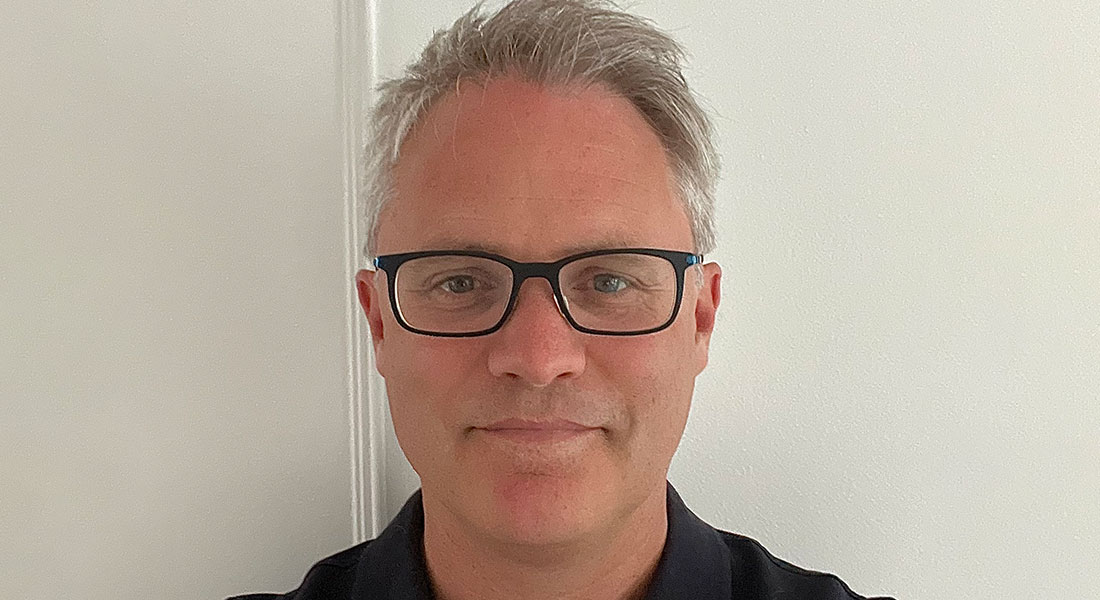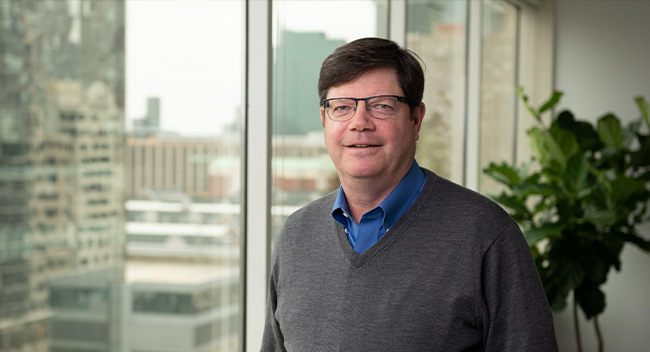
Tony Bishop appointed Chief Data & Analytics Officer
Today we announced the appointment of Tony Bishop as Chief Data & Analytics Officer, effective immediately. Tony has a deep understanding of data strategy and...

William McElroy, Aspen Insurance Portfolio Director, Casualty, provides us with insight and commentary on the E&S sector in advance of the upcoming WSIA Annual Marketplace in San Diego.
With the WSIA Annual Marketplace coming up in a few weeks, can you tell us what is currently happening in the E&S sector?
The E&S space has had a continuous run of rate improvement, now in its sixth year. That alone should be a strong indication of how over-stressed the market was previously. Losses are larger and more frequent, and we believe it is vital that rates keep pace with this trend. We at Aspen expect rates to continue to increase, albeit at a rates somewhat slower than in recent years. We have no plans to increase our lines on current business, as we think the best way to be a stable provider of capacity to our clients is by remaining disciplined and avoiding wild changes in limits and rates.
What are the some of the hot button issues that people will be talking about at this upcoming event?
In every meeting we have, social inflation is a topic of discussion. Claims are larger, and certainly seem to be coming to high valuation much quicker than has been the case historically. This seems to be the driving factor in the marketplace.
Are there any lines of business that are facing challenges in the E&S space?
Aspen is not a writer of primary Commercial Automobile cover, but we are asked about it frequently enough to know that there are clearly challenges in the market. We are actively avoiding Excess Liability for Truckers and are increasingly selective about Habitational Real Estate. Liabilities in these areas have become much greater and more loosely connected to traditional concepts of responsibility and value.
Do you expect there to be (or has there already been) some movement back into the standard market for certain lines of business?
There is always some ongoing movement between standard writers and the E&S marketplace. Very large and unexpected claims are a great equalizer in this business, and we think that discipline in the way you take risk and who you trade with is the key to sustainability.
What is Aspen’s view on the overall outlook for the E&S sector?
Obviously, we are bullish on the E&S business. At Aspen, we think there is no substitute for technical underwriting and risk analysis. New and previously unanticipated risks are our specialty. There is no reason to believe that risks are decreasing, or that settlements and judgments will be contracting. The environment that we are in demands the very skills, flexibility, creativity and entrepreneurship that are the hallmarks of the E&S world.
You’ve mentioned that claims is a hot button issue. Can you tell us more about this in terms of current claims activity?
It is no secret that claims valuations continue to grow faster than the underlying rate of inflation. This might have been masked briefly by COVID closures of business and the courts, but that is now clearly over. These are trends that we need to react to. We always have new issues to confront, AI is an example. We need to consider the risks in autonomous machines. Climate change is creating record heat, with all kinds of negative consequences. I wish I could tell you that recent claims trends left me time to be bored, but nothing could be further from the truth. We’re trying to be a step ahead in a very competitive business.